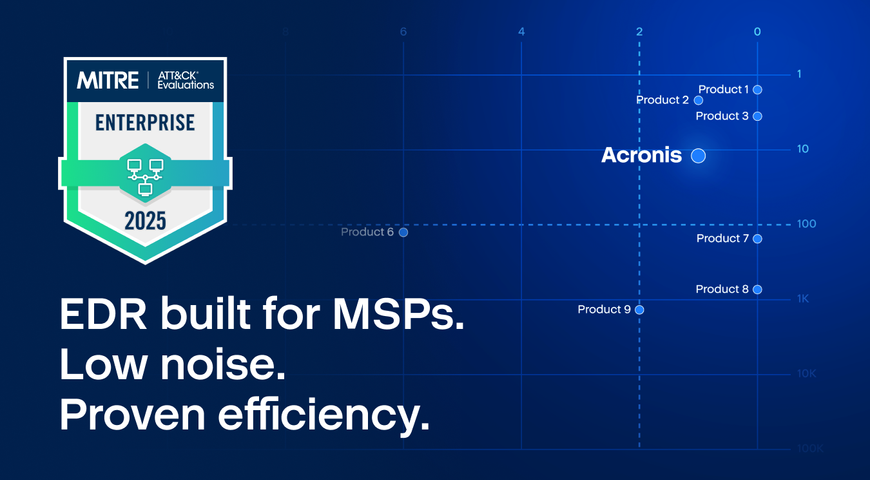This is the third part in our series on Low Risk Adoption of Cloud Infrastructure for Enterprises. In this installment, we’ll look at how to create a cloud migration plan.
Once a business has assessed its reasons for migrating to cloud infrastructure, it needs to develop a roadmap for which parts of its IT operations it will move, and in what order. The first priority is to develop a plan that minimizes risk, including deciding how to evaluate vendors and their service offerings. The IT team also needs to determine what new skills, if any, they need to develop, especially in the area of vendor management.
Low risk offerings
Companies should look for a cloud provider that has a broad set of solution offerings including ones that are low-risk, like backup-as-a-service (BaaS), disaster-recovery-as-a-service (DRaaS) and Test/Dev. The ultimate goal is to move primary application hosting to the cloud, but working with a vendor that gives the client a chance to assess them in a non-mission critical scenario makes sense. If the cloud provider is successful, then the business can move on to other solutions.
Backup & Disaster Recovery
If the customer’s long term vision is to perform a gradual, low-risk migration to cloud infrastructure, a focus on business continuity will allow them to achieve this in a non-disruptive way while their IT team builds confidence in the vendor and the facility.
A lot of companies are making 2011 the “year of cloud backup”. Using a cloud provider for backup and disaster recovery makes sense anyway – off-premises backups are safer than on-premises – and test many crucial aspects of the provider, like their scalability, on-demand elasticity and WAN optimization. Just as important, clients should be evaluating the provider’s customer support – is it responsive, professional, and expert in all the enterprise technologies involved? Technical issues that the cloud vendor should demonstrate expertise in include de-duplication, WAN optimization, backup windows, and monitoring and alerting.
Disaster recovery will show how elastic the infrastructure is. In fact, disaster recovery is the most extreme example of the need for elastic resources on-demand: clients either need zero, or they need many servers, and they need them quickly.
If the vendor has trouble delivering a satisfactory backup or disaster recovery solution, the business hasn’t risked its most important applications and there will be no effect to business processes, and another vendor can be tried.
Test & Development
Another natural entry point for any company migrating to the cloud, and looking for a way to try a cloud IaaS vendor, is Test/Dev. Gartner recently noted this trend:
…customers are likely to begin with a pilot project — often a test and development environment — but intend, over time, to try to move some, if not all, of their data center infrastructure into the cloud. They are likely to make a tactical decision about their initial deployment, but are also hoping to find a long-term strategic partner for their infrastructure needs. – Gartner, Magic Quadrant for Cloud Infrastructure as a Service and Web Hosting, 2010
As with backup and disaster recovery, the appeal is twofold. First, it tests the provider’s infrastructure in important ways: elasticity, speed, security, ease of management. Second, it creates no risk to the client’s business; if there are any problems with the Test/Dev environment, they will not affect the company’s core IT functions in any way.
Primary Application Hosting
Companies realize the full benefits of cloud infrastructure when they start to move their primary application hosting to the cloud. This the biggest step, but one that a company should be comfortable with after determining that their provider has a dependable, scalable infrastructure, and a world class support organization. This too can and should be phased. As core services in the primary data centers approach end of life (hardware refresh), they can be started on demand in the cloud with a minimum of disruption.
About Acronis
A Swiss company founded in Singapore in 2003, Acronis has 15 offices worldwide and employees in 50+ countries. Acronis Cyber Protect Cloud is available in 26 languages in 150 countries and is used by over 21,000 service providers to protect over 750,000 businesses.



